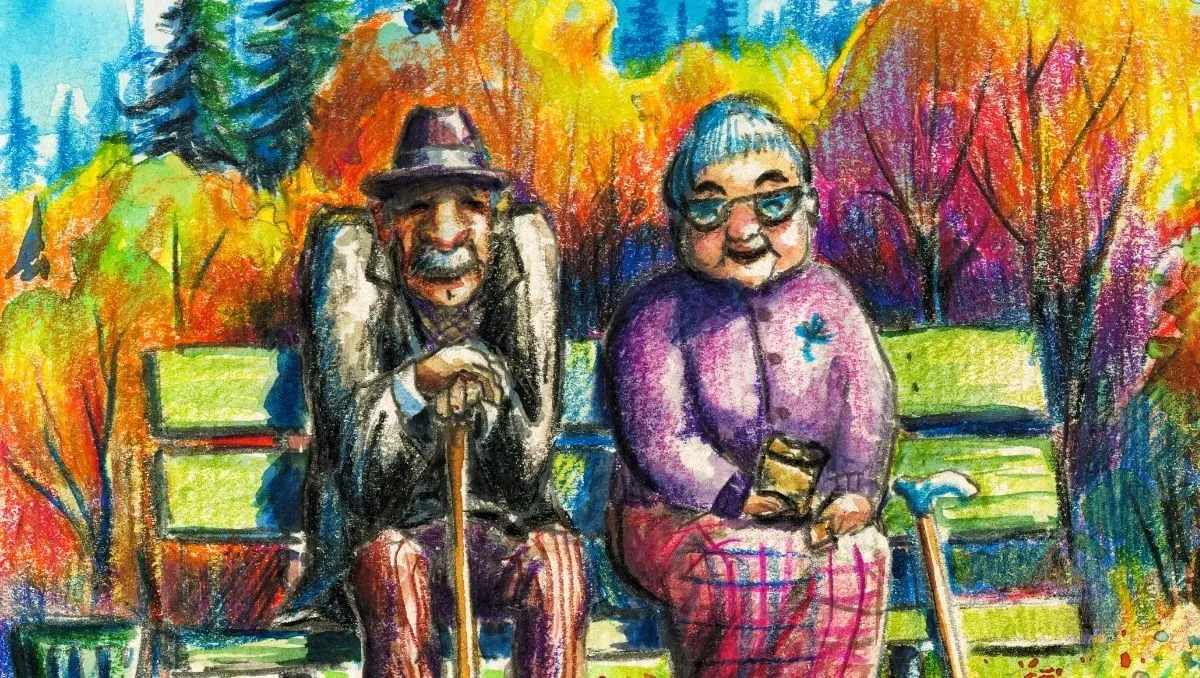Drawing with colored pencils is a delightful experience that many artists enjoy.
It is one way to create truly amazing art that often comes with less of a mess than other forms.
Though most children grow up using them, not everyone knows how much you can do with them.
The reality is that many amazing drawings can be made with colored pencils for truly stunning results.
If you learn how to navigate these tools correctly, you might just be surprised to find out how many great things you can make.
This is one classic style of art that is perfect for helping you to make some truly amazing pieces.
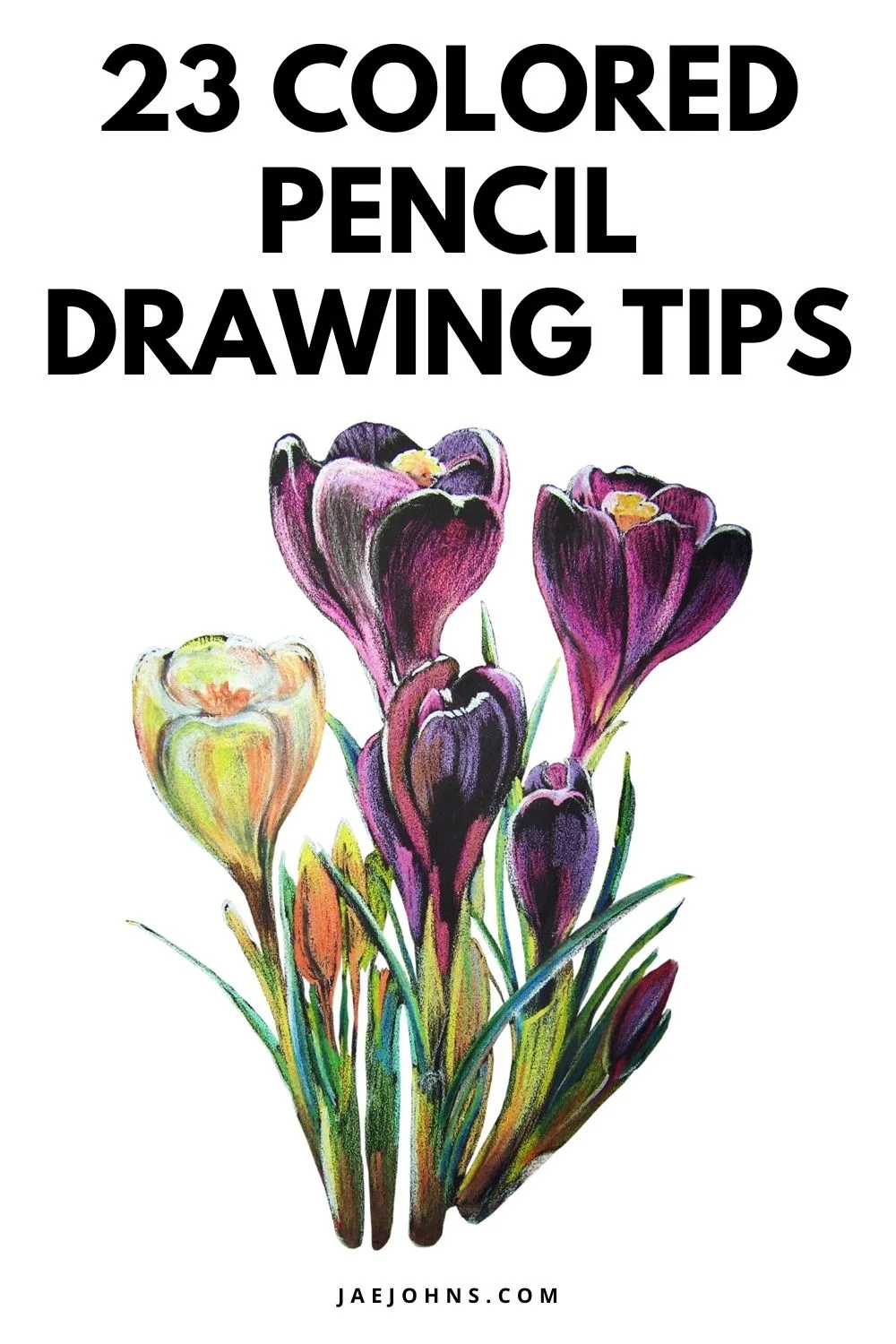
Colored Pencil Drawing Tips
Get A Good Set of Colored Pencils
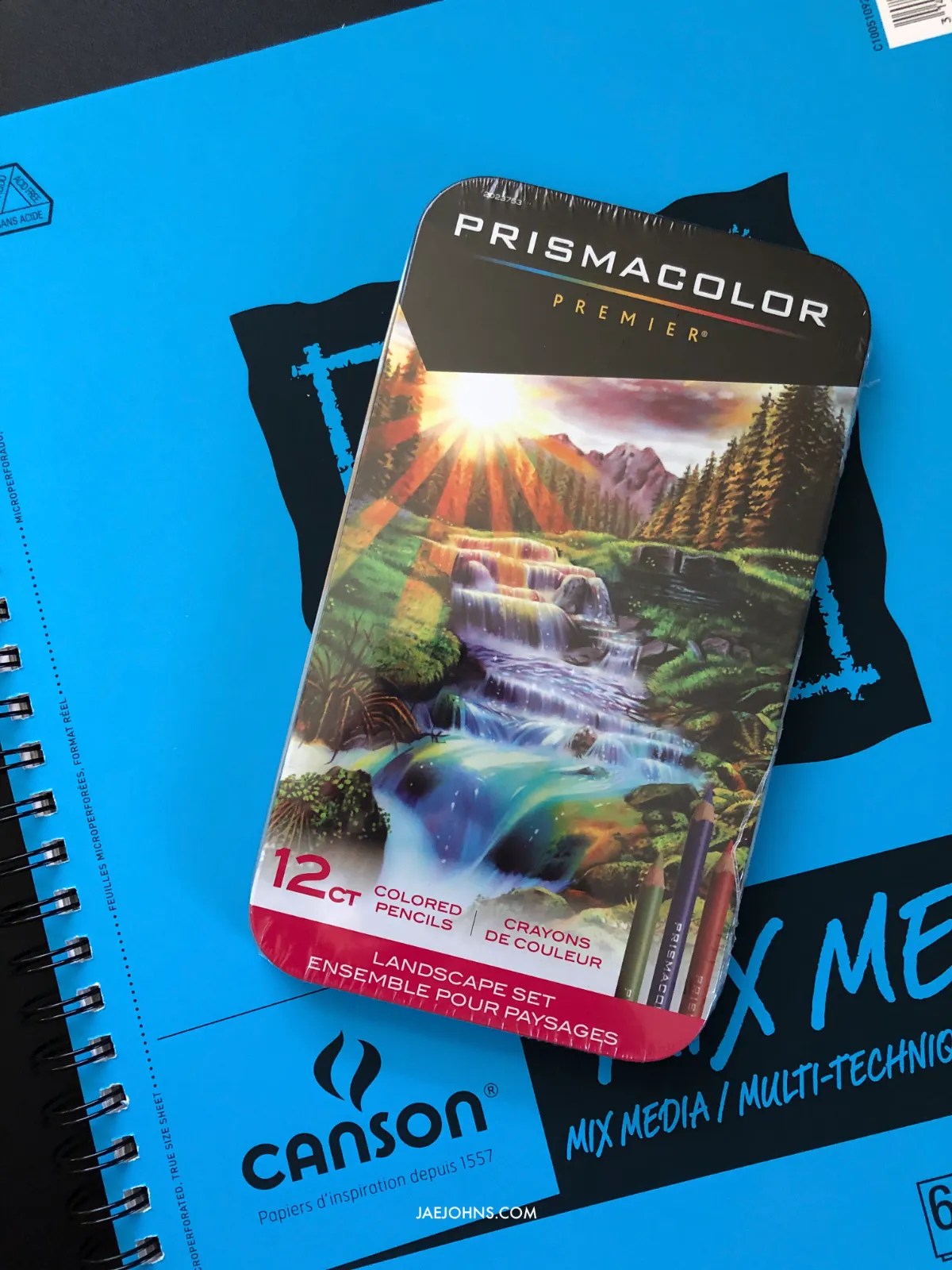
While no rule says your pencils have to be expensive, finding the best colored pencils is important.
When it comes to making beautiful art, you should undoubtedly find tools that make it possible.
A professional set can go a long way.
Though you can certainly make something great with a cheap set of pencils, quality plays a significant role.
When you see artists making amazing and detailed drawings, it is usually because they are using proper pencils.
A good set of colored pencils comes with a much smoother and easier-to-use finish.
Learn How To Blend When Drawing with Colored Pencils
Learning how to blend colored pencils is a key part of any art form that every artist should master.
Many people make the mistake of thinking that blending is a process that only applies to some forms of art.
However, when drawing with colored pencils, you will find that blending can work.
There are various ways to approach this and they can differ depending on the tools that you use.
Learning how to use them accordingly is a great way to improve the quality of your work.
Manage Your Color Palettes When Drawing with Colored Pencils
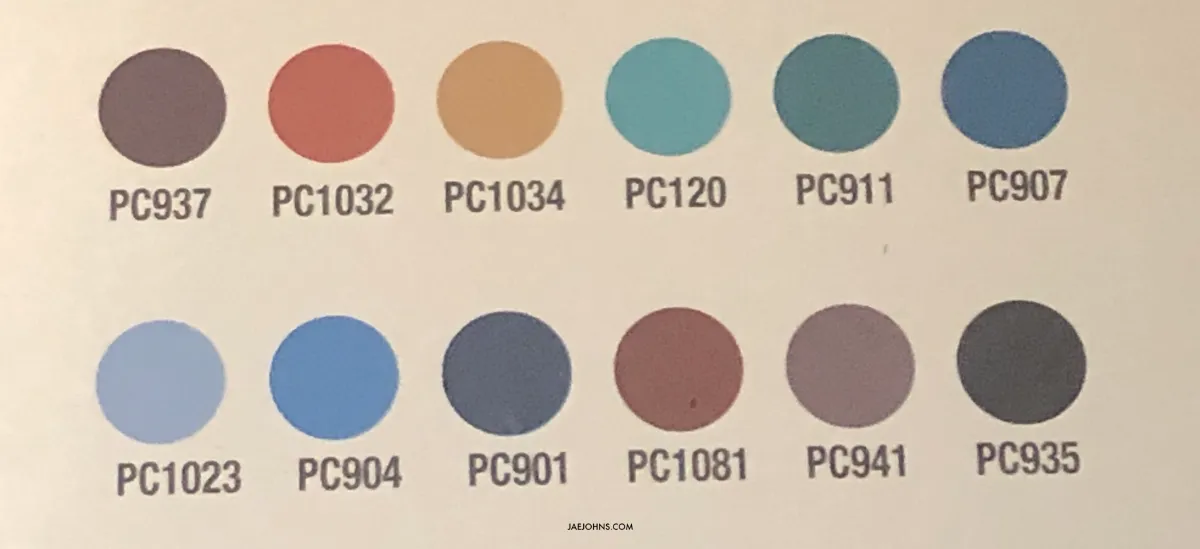
Themes in colored pencils can play a significant role in how your drawings come out.
When drawing with colored pencils, you want to make sure that your different colors align well.
Most colored pencil sets come with some kind of consistent theme or scheme, so use these accordingly.
It will allow you to get the most out of your pencils without any jarring color shifts.
You’ll appreciate how well a drawing flows when you follow these set routes.
There will always be room for spontaneous changes, but they should be done with intent.
Learn To Vary Your Pressure
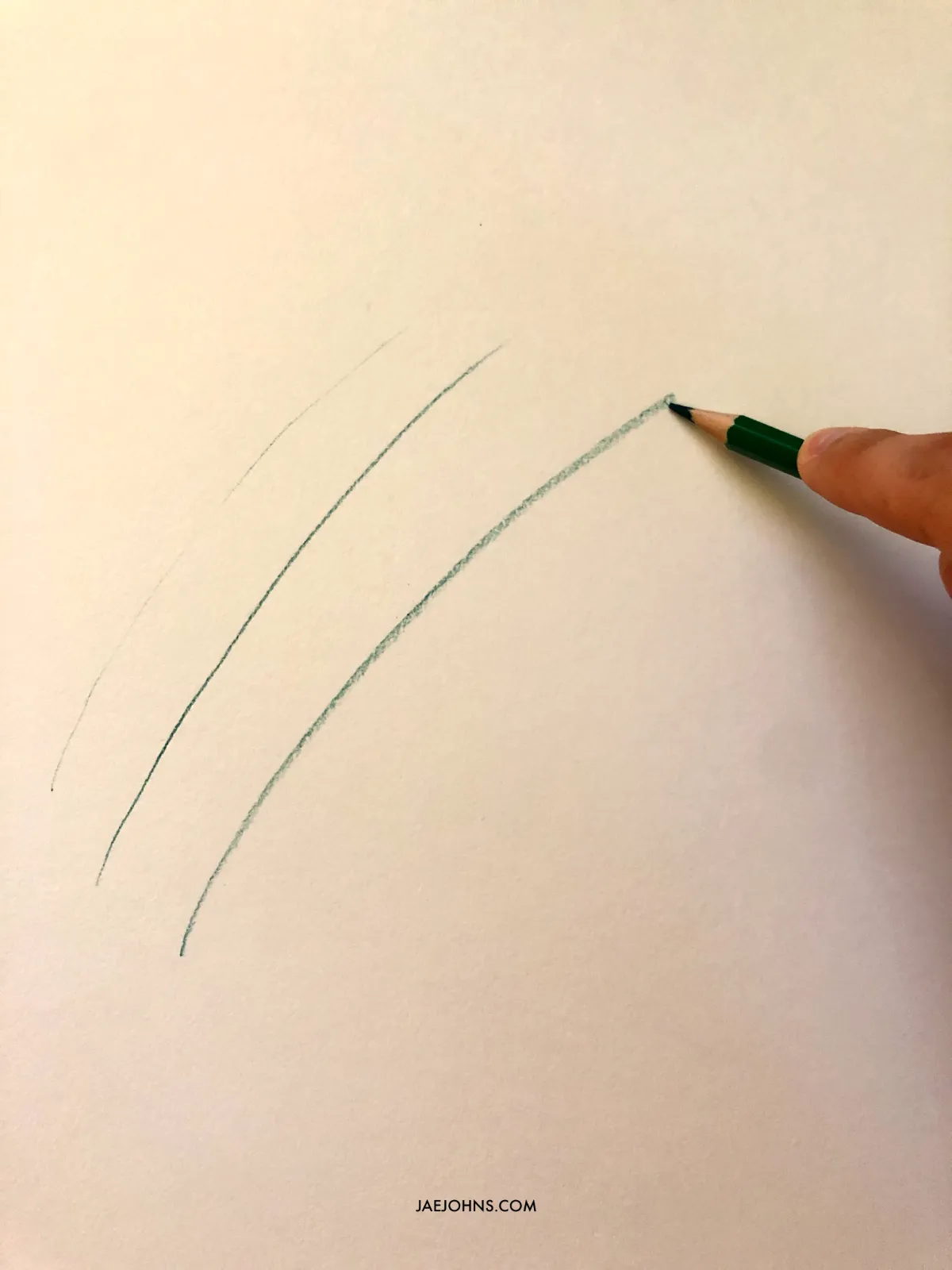
A fun part of drawing with colored pencils is the amount of control that it can give you.
Varying your pencil pressure as you draw can lead to compelling effects in a lot of ways.
Different pressures can change your shading a lot.
Heavy pressure leads to deeper pigmentation and a darker color, whereas not using much pressure leads to less pigment on the page and lighter color.
Not only does this impact the colors of your image, but it can drastically change the texture.
Most people don’t think about creating texture with pencils, but learning to do so can make your drawings shine.
It is a fun way to give your world a little something more.
Start Light When Drawing with Colored Pencils
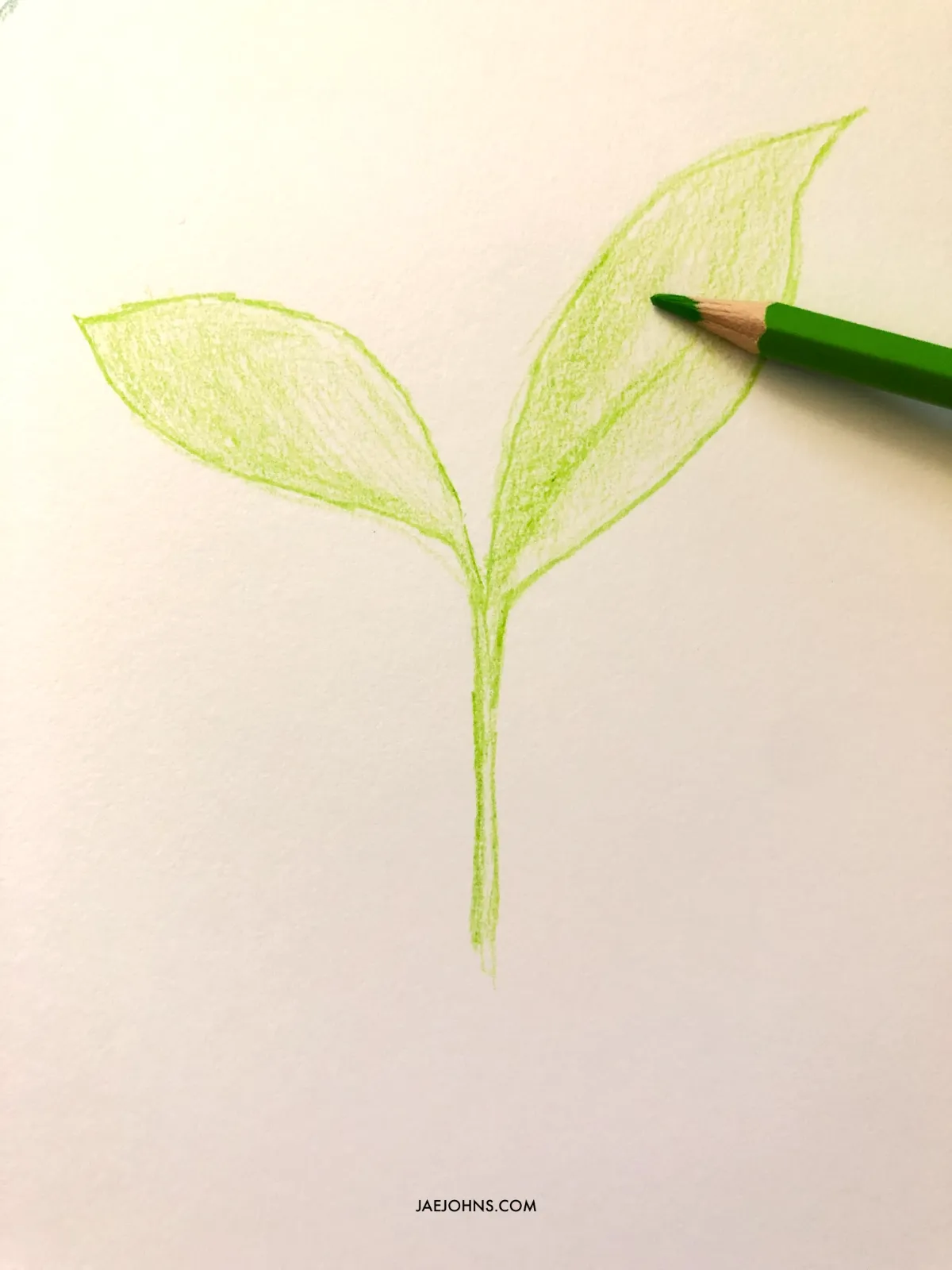
Though drawing with colored pencils is absolutely an option, the majority of people find themselves coloring.
When you are coloring using these tools, it can be easy to get the most out of them by starting with the lightest area and then moving into the dark areas.
Gently approaching shading or coloring and then building on it from there can improve the quality of the drawing.
You can always go darker, but never lighter.
The lightest color should come first and the darkest color in the pencil drawing should always come last.
Remembering this can help save you from mistakes.
Try Different Tilts
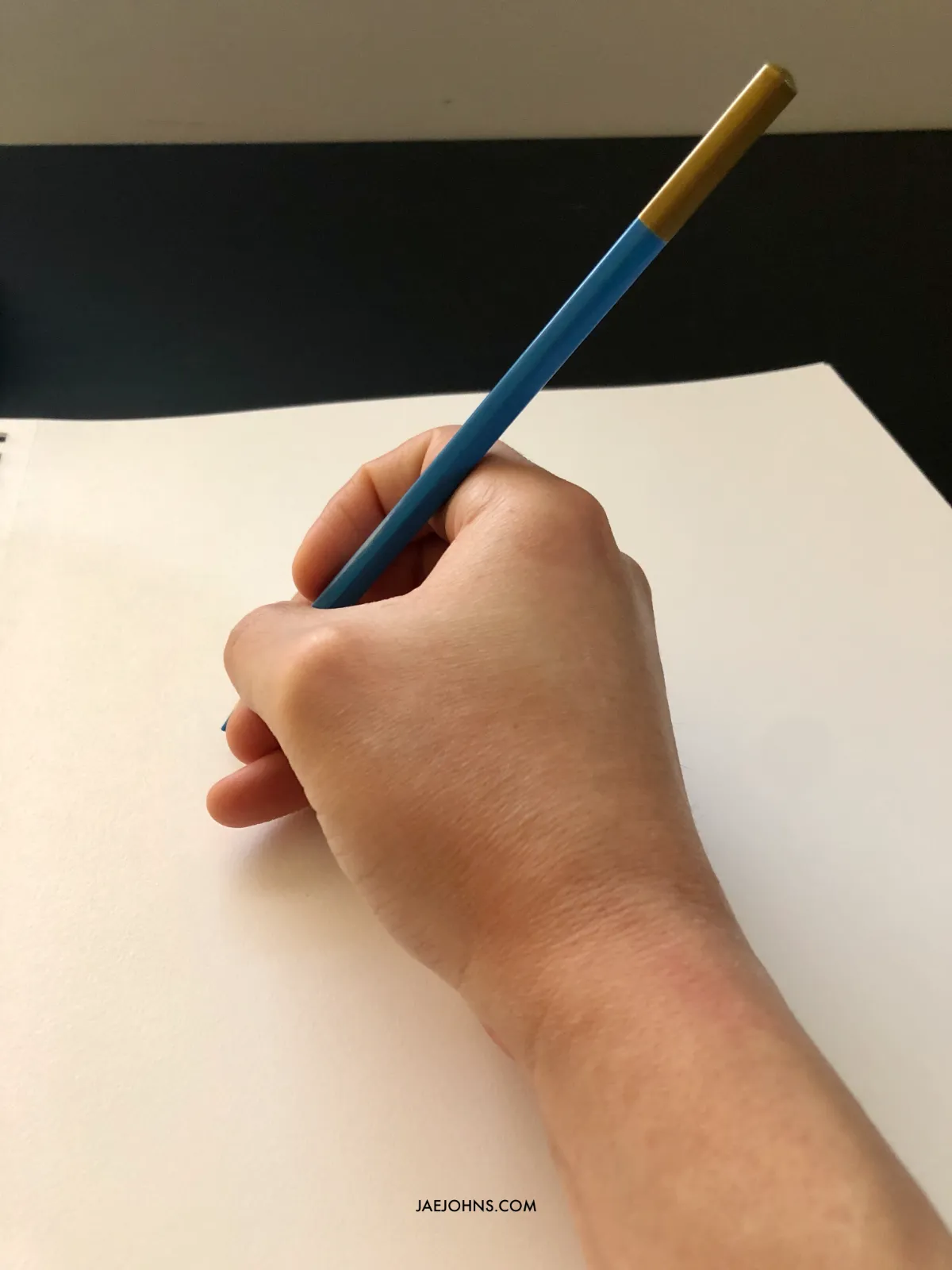
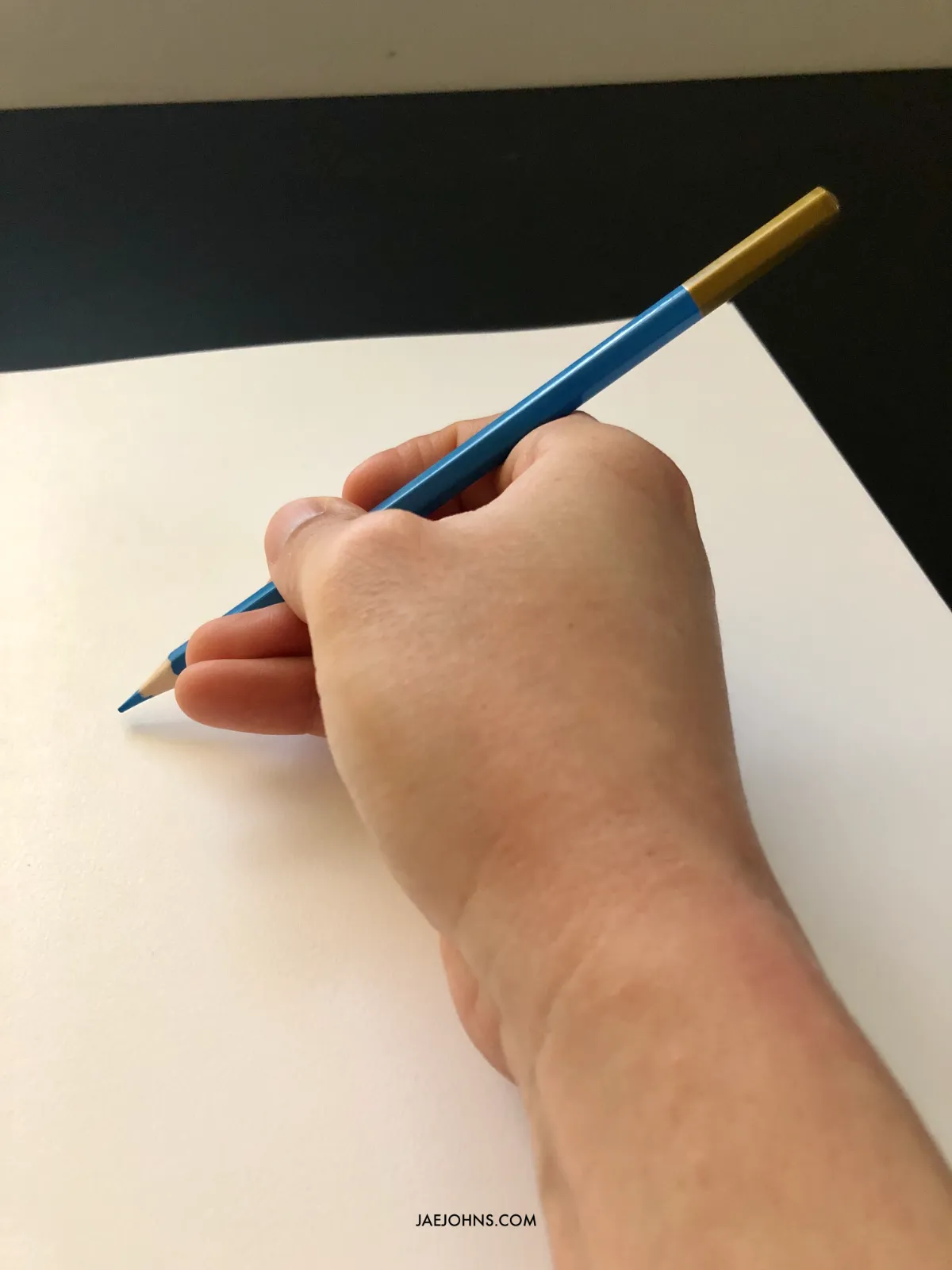
The majority of us hold writing utensils a certain way and artists are no exception.
However, when you are drawing with colored pencils, you’ll be amazed by what tilt can do.
Instead of relying on the way, you would normally hold the pencils, branch out.
It really comes down to personal preference.
Experiment with finding a way to hold your pencils for a completely different effect.
You might just find that it gives you more control.
Experiment With Different Pencils
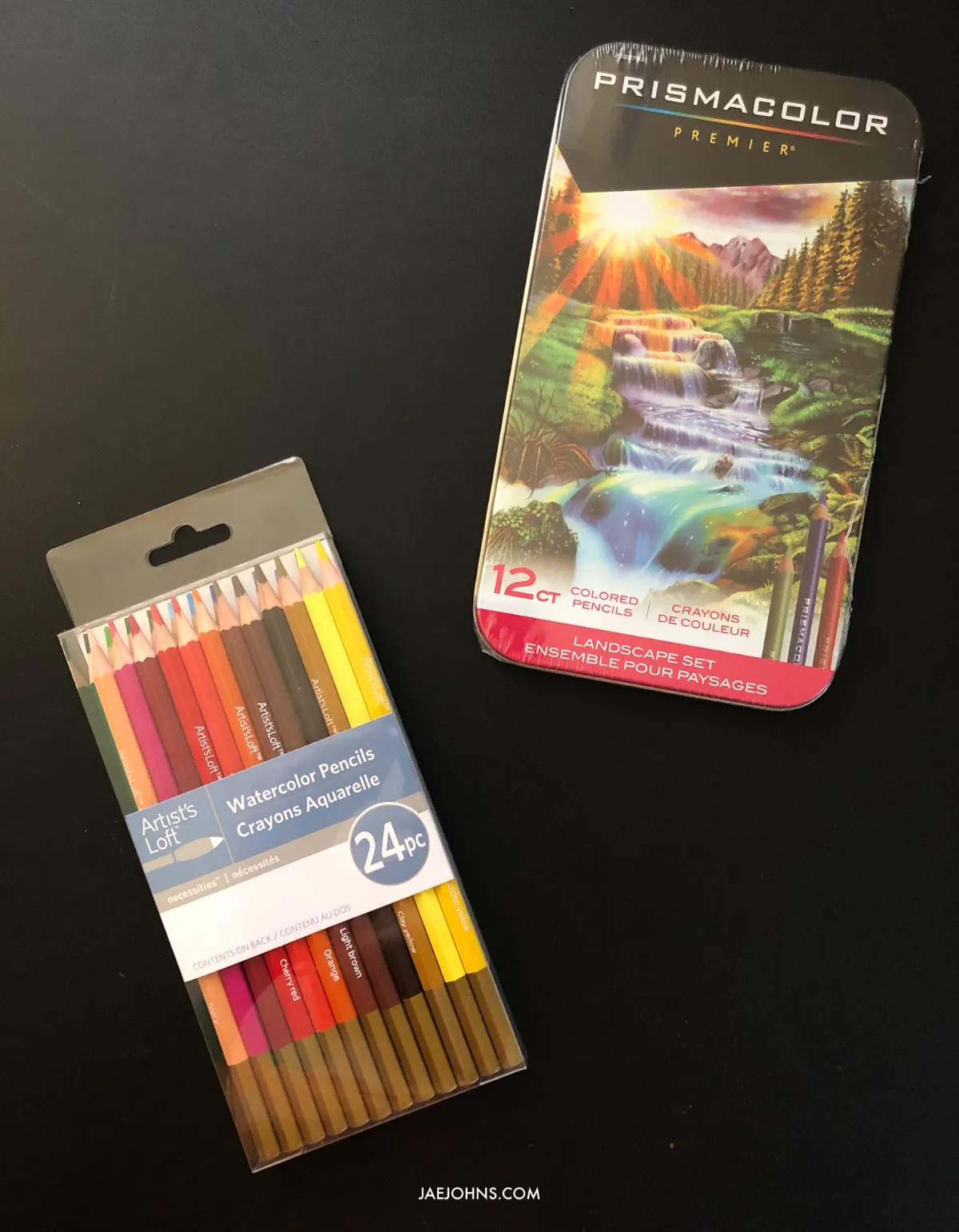
Though your first focus should always be on quality, it is important to remember that there is variety in this medium.
You might just find that you like your pencils to be harder or softer depending on what your style is.
More importantly, each pencil set will fit differently in your hand.
If you are looking to find a proper way to comfortably draw for hours, this can help.
Some pencils will simply feel better in your hand than others.
Master The Art of Shading

If you want truly breathtaking works of art when drawing with colored pencils, shading is key.
One amazing thing about colored pencils is how effective they are at helping you to shade even a single color.
They make it much easier than some other mediums because you have a lot of control.
Learning how to shade with your colored pencils can give your drawings more depth and detail.
It can make your work of art shine.
Learn To Master The Gradient
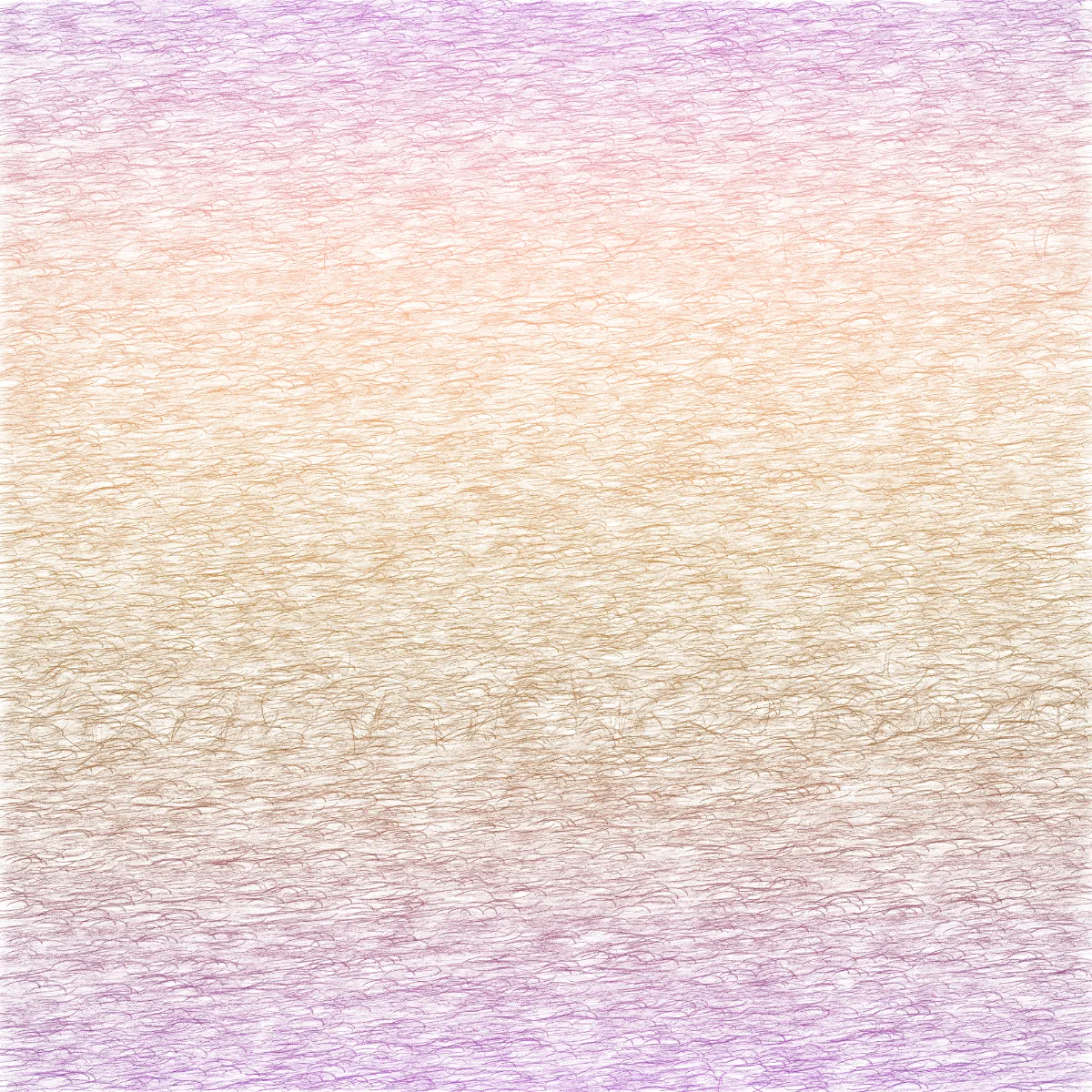
In a similar vein to shading, creating gradients can have amazing effects.
Color blending with colored pencils can be easy, and the sets generally offer the right colors for a gradient.
This can make it simple for you to get that perfect gradient look without scouring for the right colors.
If you can get this down, you will be amazed by how much life it can breathe into just about any drawing.
Be Weary of Paper Damage
One frustrating part of working with colored pencils is the risk to your paper.
If you press too hard or use too sharp of a tip, you risk damaging the paper.
There is no quicker way to ruin a drawing than damaging the paper that you are working on.
This won’t only compromise the integrity of the piece but will add undesirable texture.
Avoid this by making sure not to dig too hard when working on your masterpiece.
Learn To Manage Bright Colors
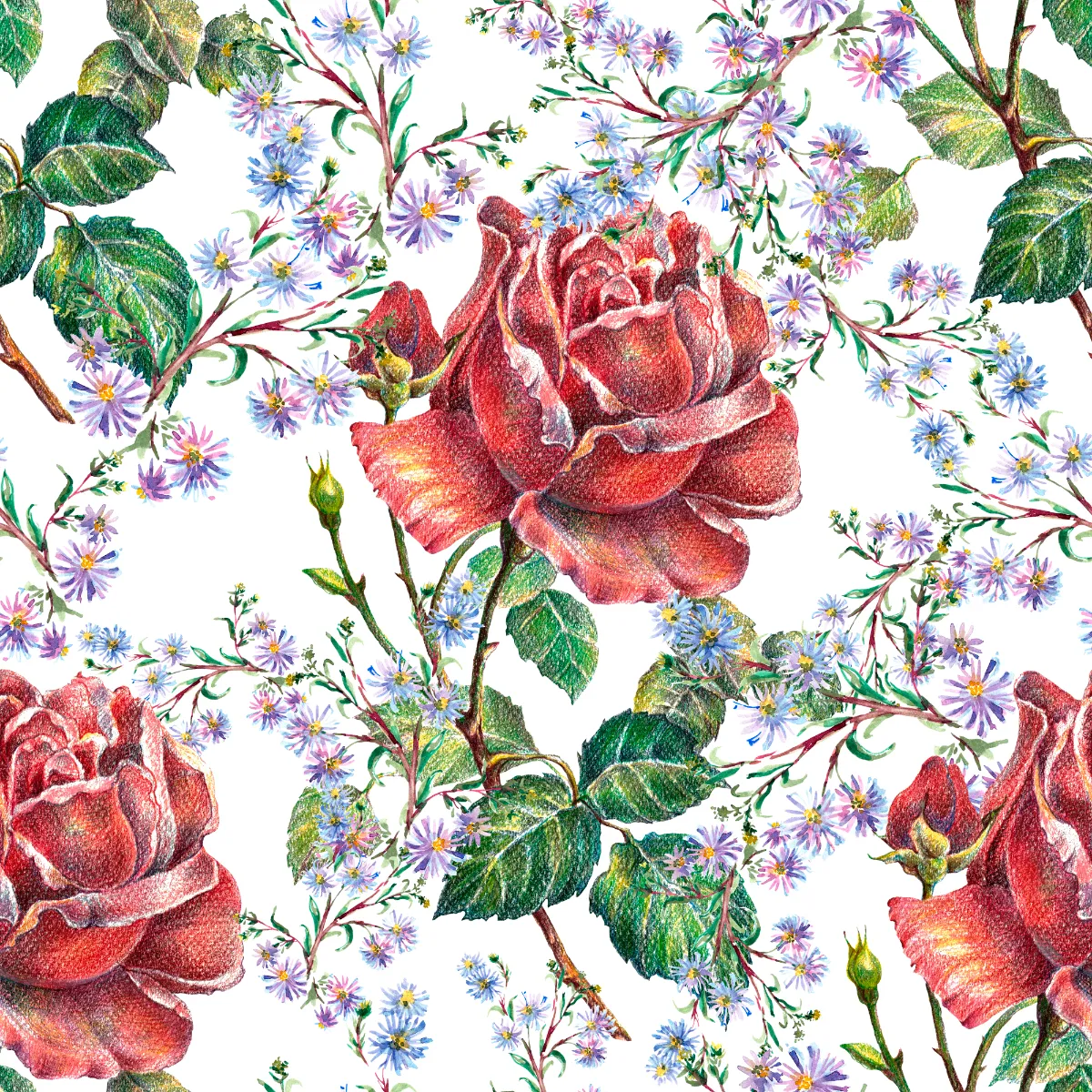
If there is one common mistake that gets made with colored pencils, it is managing brightness.
Many people are quick to reach for bright colored pencils that can make their art look a bit silly depending on their skill level.
In some ways, you can use these bright colors for truly amazing effects.
However, in others, it can cheapen the overall look of your picture.
Consider Outlining In The Right Color
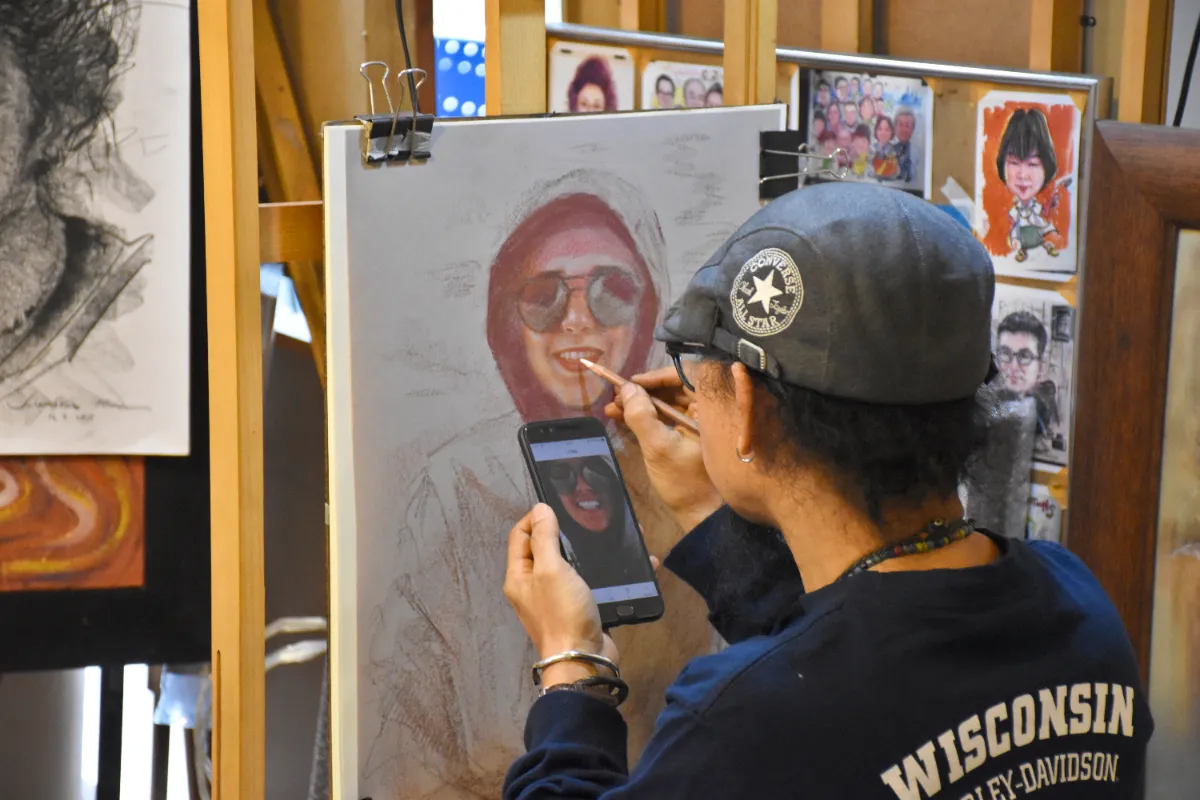
While there is no way that you will always know the exact colors that you want to work with, this tip can help.
Outlining different portions of your drawing in colors comparable to what you plan to use can have amazing effects.
Instead of forcing you to try and cover up some other color or a more basic pencil, try this to keep everything looking perfect.
You will be amazed to see how this preserves the integrity of your final product.
Be Weary of Stark Colors
Many people find that stark colors can ruin a drawing almost immediately.
Unless you are working with them stylistically, they can make parts of your drawing look cheap.
Using black or other colors that will stand out too much can make your drawings worse.
It is always best to start neutral and work your way there over time.
The problem with stark colors isn’t that they are wrong. It is that generally they just don’t play well alongside other colors.
In many ways using stark colors can make a sort of wall appear within your drawings.
Using more mild colors will make your drawings more smooth.
Learn How Colors Mix When Drawing With Colored Pencils
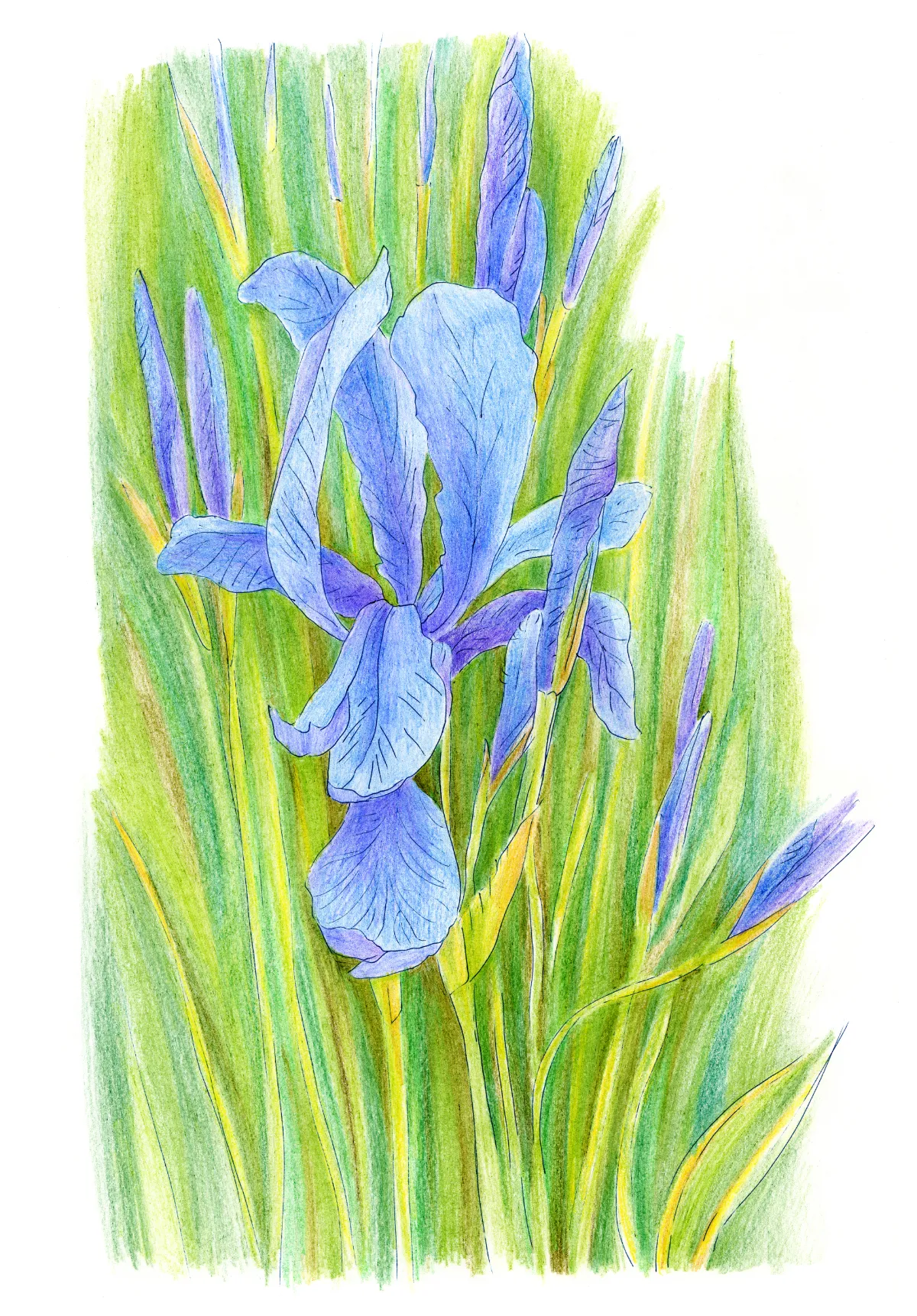
This is one kind of practice that can be helpful to improve your work.
While drawing with colored pencils is less prone to mixing than other forms, it can still happen.
Depending on your tools and basic techniques, you might be surprised to see what happens when colors overlap.
Learning how these processes can impact your final product can help you to use it effectively on purpose.
It is pretty amazing how you can mix colors considering pencils are more or less considered to be dry tools.
Some pencils are even designed with mixing approaches in mind.
Manage Your Pencil Tips
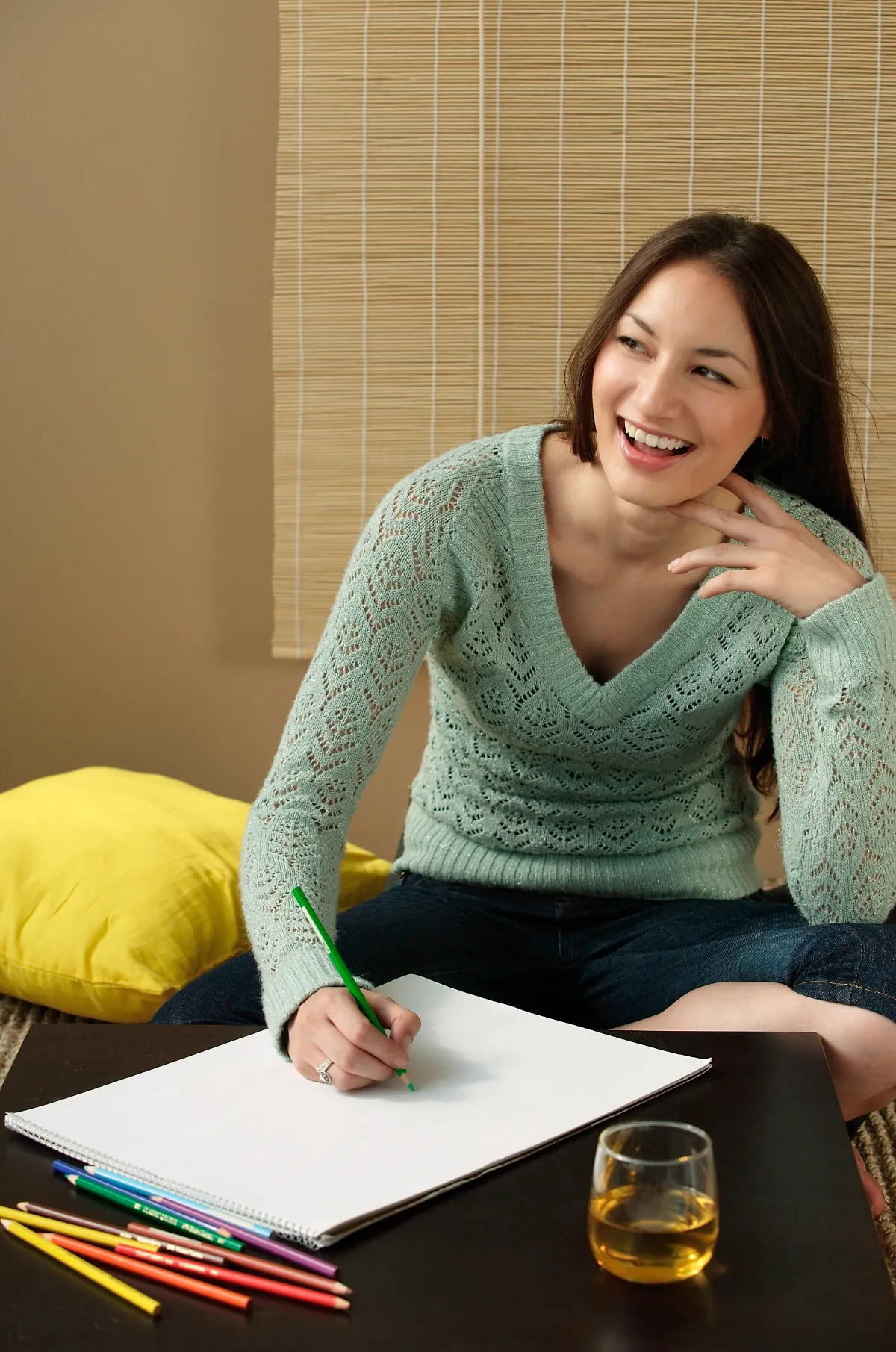
It is in the nature of colored pencils that the tips will dull over time.
The best pencils can keep a really fine point, but even that will dull quickly and need resharpening often.
You might need your pencils sharper or more dull depending on what effect you are aiming for.
Practicing with your pencils to learn how these changes impact them is crucial.
It will help you learn how to use different tips on purpose to achieve desirable effects.
It can also help to save you from making unnecessary mistakes that might impact your drawing.
Learn How To Smudge
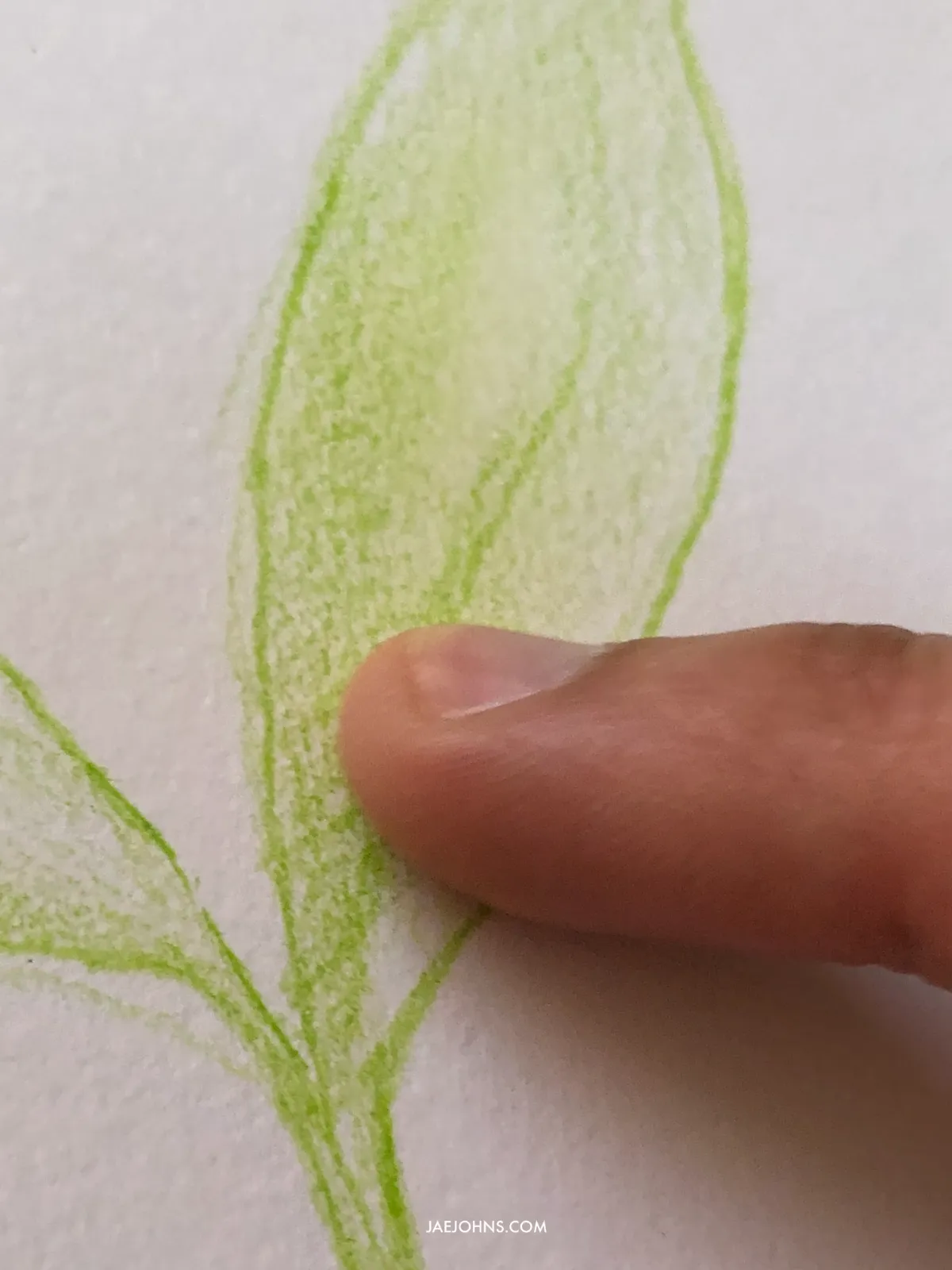
One great thing about colored pencils is that it allows you to smudge them for additional effects.
Many artists smudge using their fingers or gloves, but there are many ways to go about this.
Using this technique can lead to some truly cool looks for your drawings that you will love.
It might be slightly messy, but sometimes good art takes that.
Embrace Your Inner Child
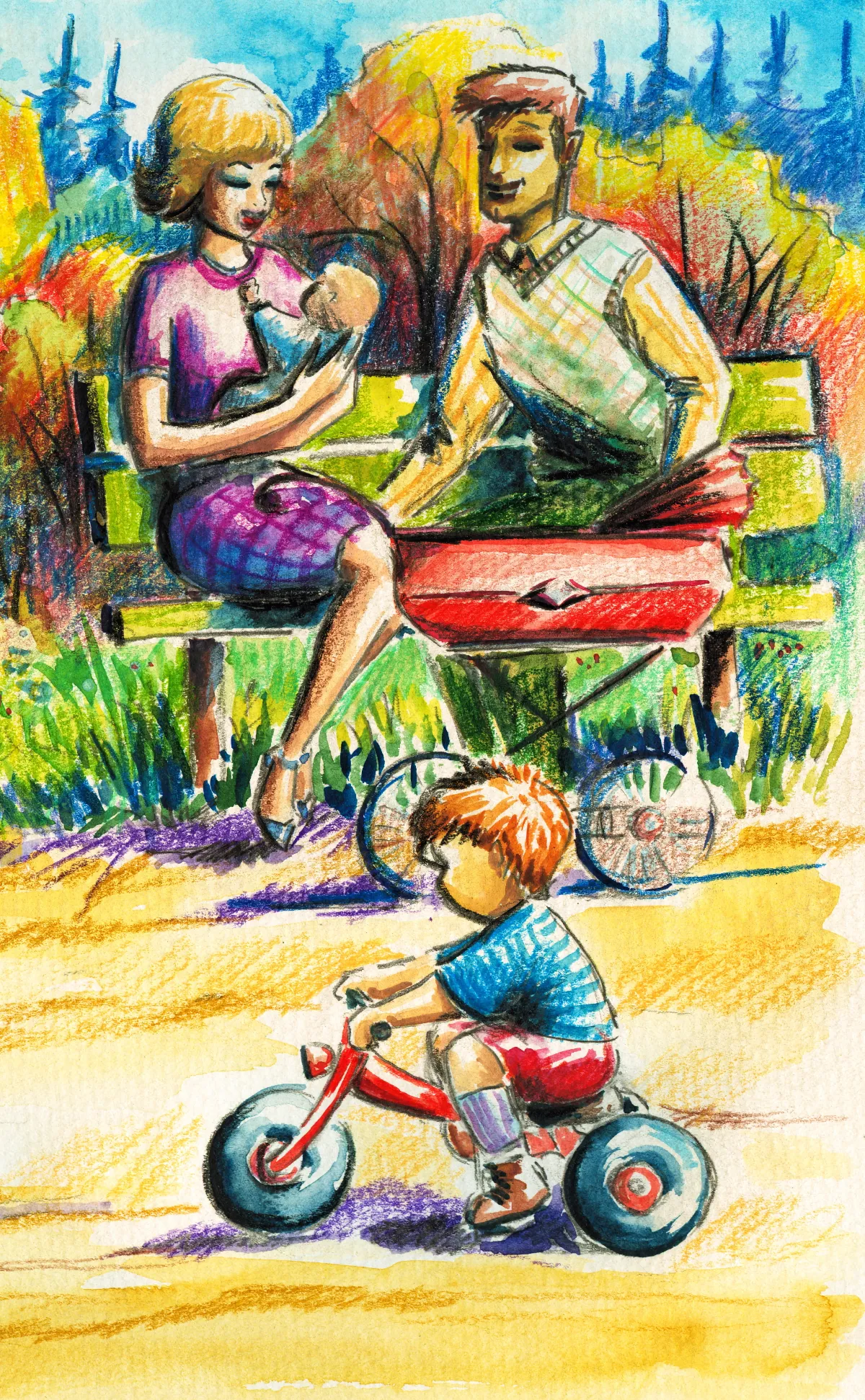
As kids, we all spent time enthusiastically coloring with colored pencils.
If you are looking to improve your talents when it comes to drawing with colored pencils, try this.
The best way to improve a craft or learn more about a tool is to simply have fun doing so.
Take the time to let yourself make ridiculous things.
This will help you to learn how to use your tools more effectively so you can have great results.
Practice Sharp Lines When Drawing with Colored Pencils
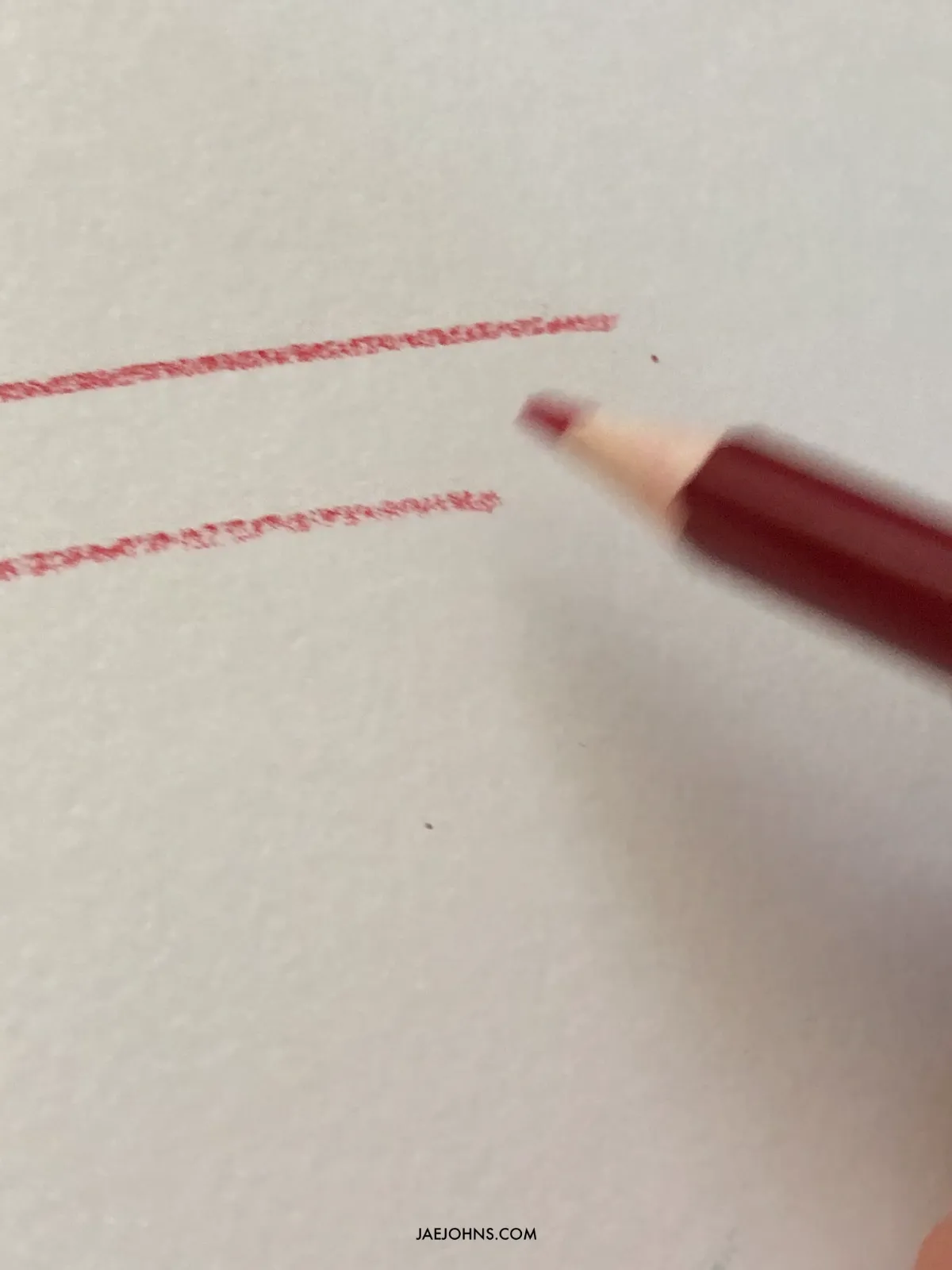
While you will not likely use sharp and bold lines to excess, it is an important skill to have.
When drawing with colored pencils, you will want to have an understanding of how to manage these kinds of lines.
It can help you to outline or create dramatic effects.
Since some pencils can be creamy, learning to keep your lines straight is also an important process.
Embrace The Layers
The best colored pencils have a surprising amount of depth when used appropriately.
If you are looking to make a drawing that pulls your viewer in, this can be a great technique.
Most people don’t think about layering pencil strokes, but doing so can have amazing results.
You might just find that it gives your drawing that much more character as you create your masterpiece.
This can be an effective tool to use when trying to add realism because it makes drawings have way more texture to the eye.
It is also helpful for bringing a charming physical texture to some pieces.
Find The Right Sharpener

A high-quality sharpener can go a long way in helping your craft.
You want to have complete control over what sort of tip you are making.
You will always want to make sure that your sharpener does a good job of not building up or compromising your pencils.
Spend the time to invest in a proper sharpener that will allow you to keep your tools in prime condition.
Using a manual sharpener is great for helping you to manage drawing in real-time.
It means that you won’t have to worry about it getting too sharp or remaining too dull.
This makes it easier for you to work continuously while you work.
How to Use Color Pencils
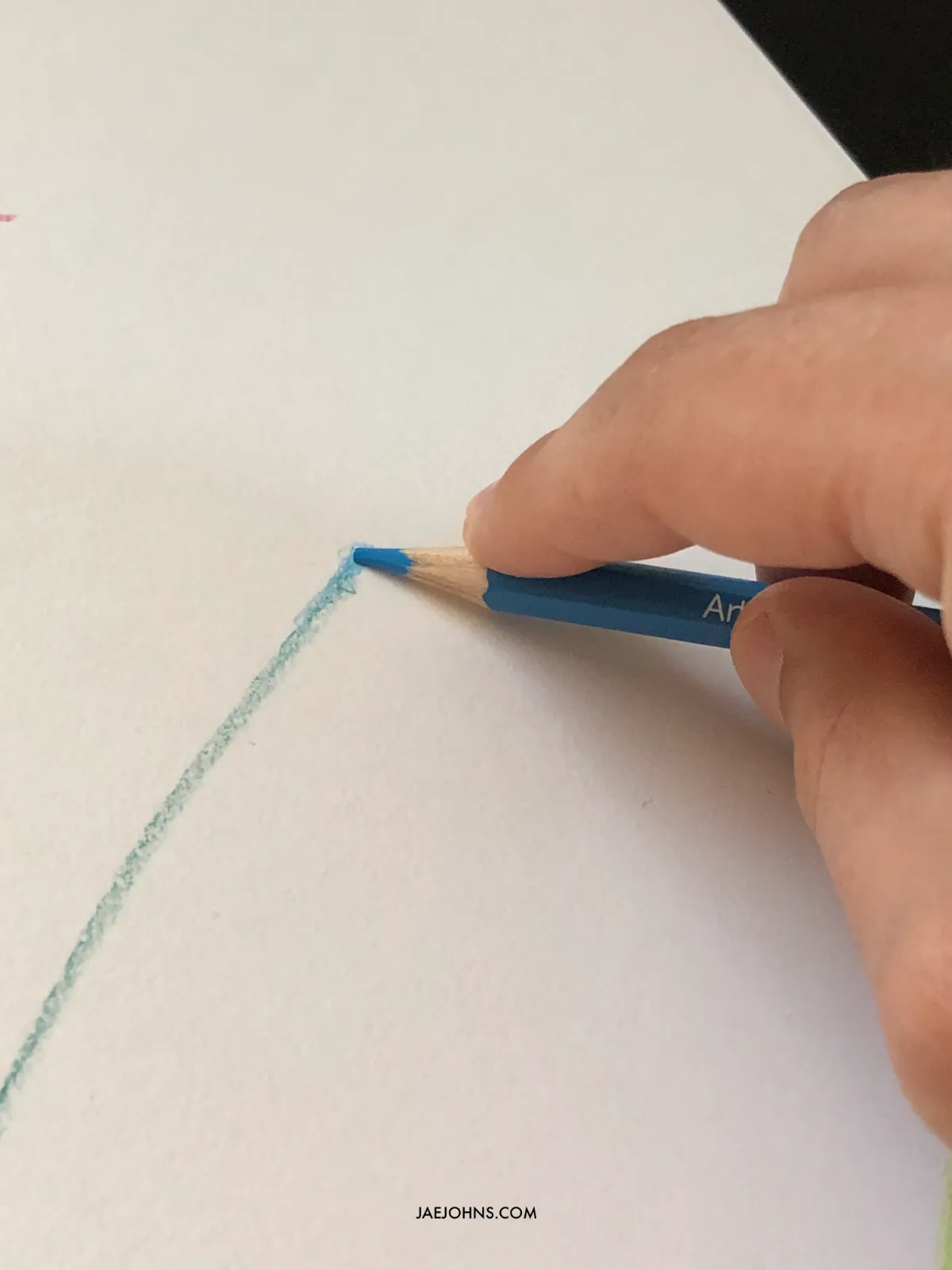
One of the best uses of colored pencils is their ability to shade.
First, you’ll want to get down the basic knowledge by emulating professional artists you find online.
You’ll want to learn to hold the pencil sideways so that the pencil edge is flat on the drawing paper.
The right paper will have a texture of the paper that takes onto the color easily.
First, apply light pressure to that surface area, then harder and harder as you go.
Finally, you’ll see a huge difference in shading that appears.
You can use a colorless blending pencil or colorless blender to burnish large areas, blending and smoothing them out to hide the pencil marks.
You can blend two colors together seamlessly once you’ve mastered the art of shading and burnishing.
Colored Pencil Drawing Ideas for Beginners
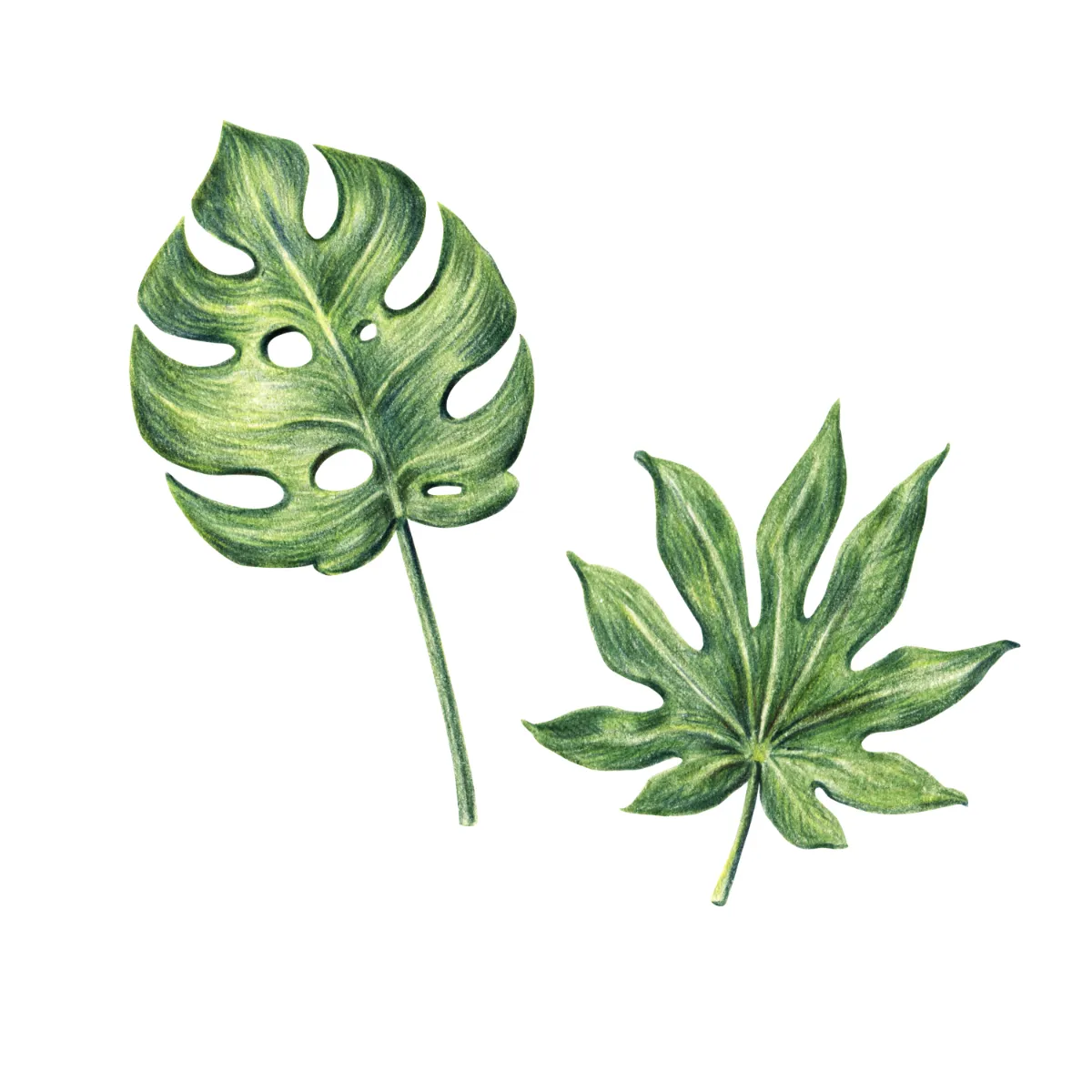
If you’re looking for some ideas of what to draw, you can draw inspiration from almost anything colorful in your environment.
Colored pencils are great for landscapes, as you can quickly capture brilliant colors.
They can be a bit more ambitious and difficult than other subjects, but great fun.
Birds, plants, and lots of other objects in your immediate vicinity can all make great studies of detailed work using colored pencils.
Don’t be afraid to try out whatever you like!
Vintage tattoos are another great source of inspiration.
You can look up some classic designs and emulate them using colored pencils.
Colored Pencil Techniques
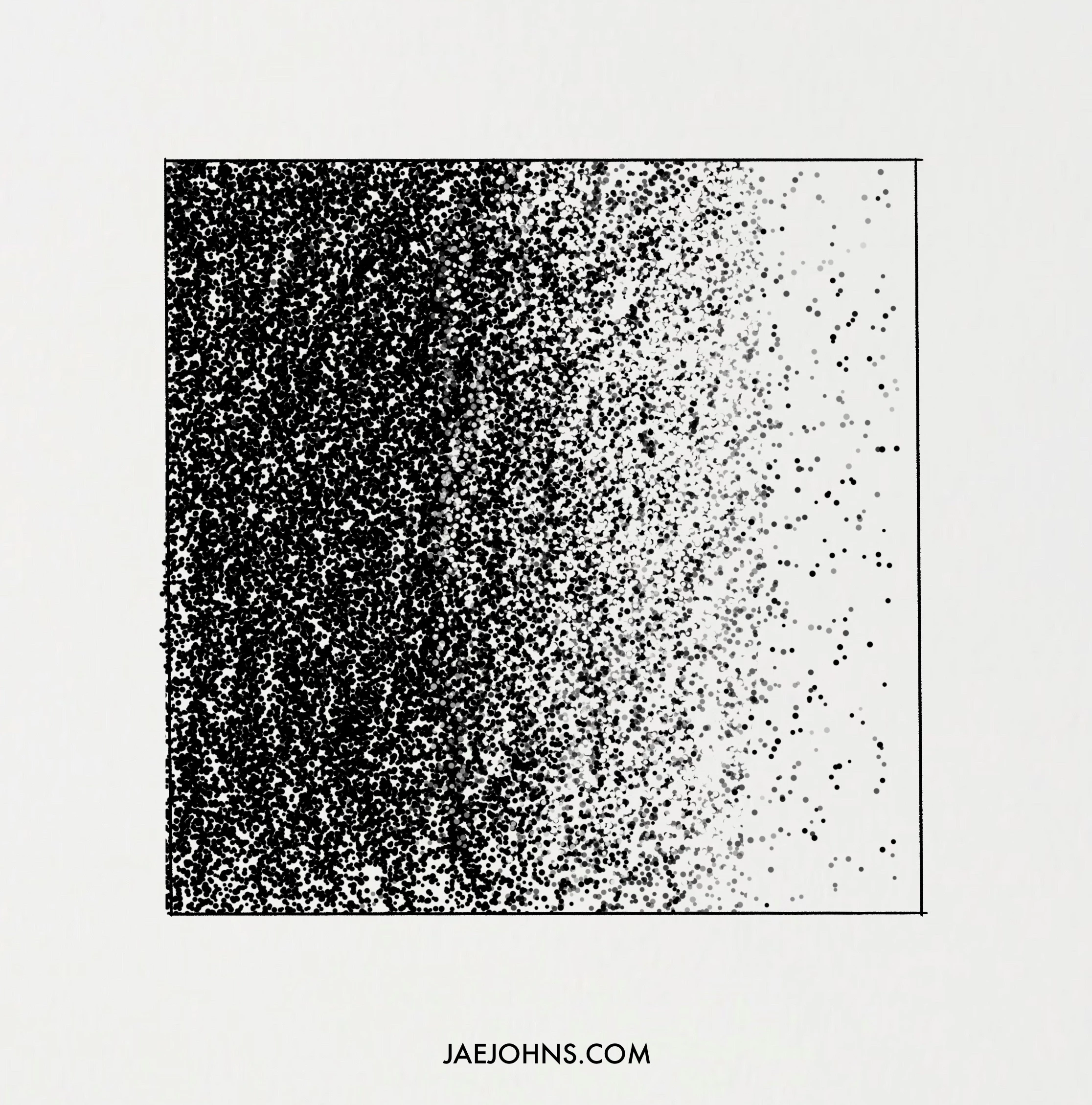
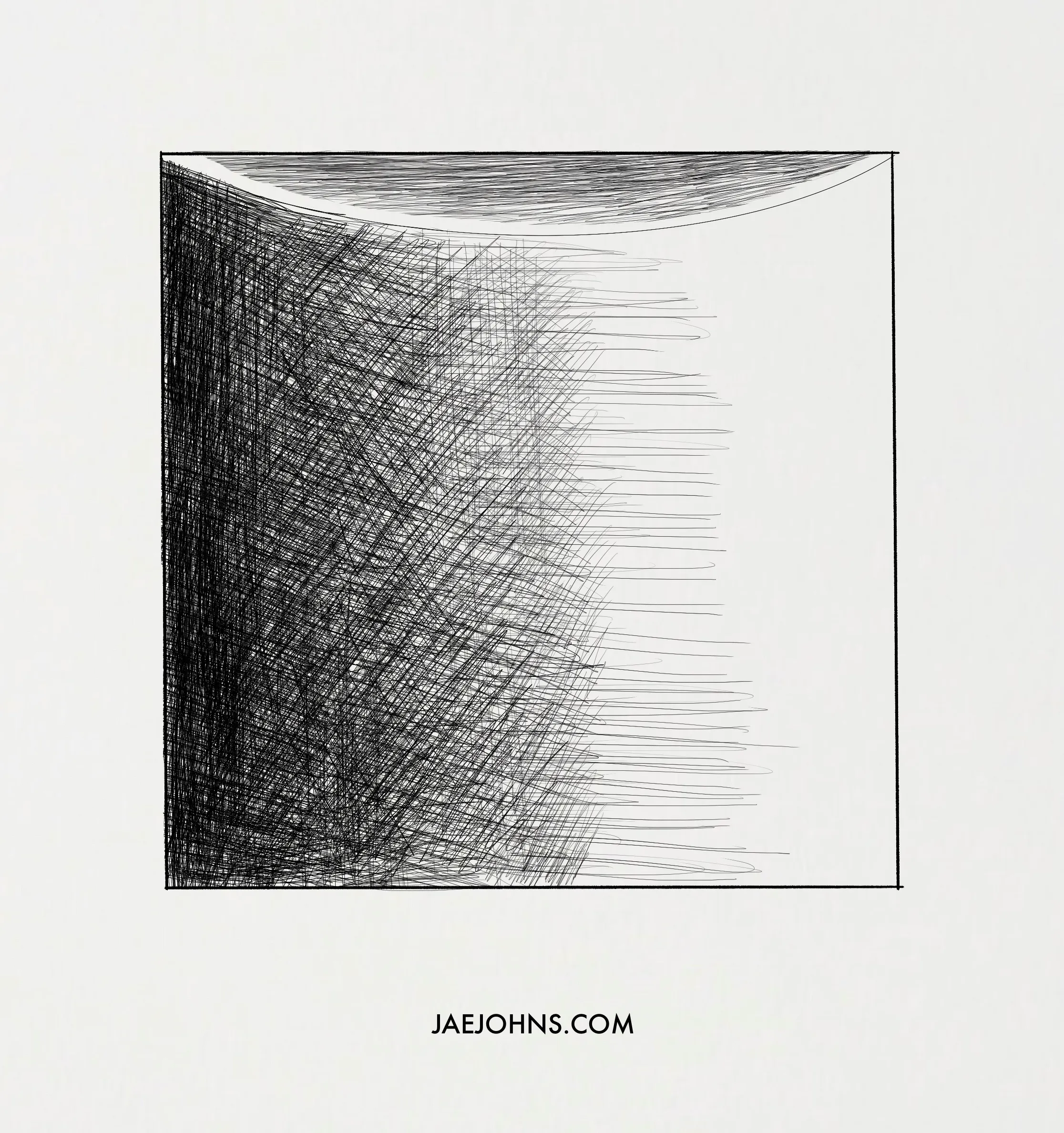
You can try a few different techniques to improve your drawing skills with colored pencils.
Their main difference is the amount of pigment coverage you get with each.
The basics of these are:
Back-and-forth: Going back and forth with the colored pencils. The standard beginner style. This technique allows you to shade a full area quickly but lacks a unified style.
Stippling: using dots of color in denser or lighter patches for different coverage. Stippling adds texture to a drawing and can be greatly varied by the distance from one dot to another. It is great for gradients and similar changes in color density.
Hatching: using straight, parallel lines all in one direction. The pencil is lifted from the page between drawing each line. The lines can be close together or far apart for different effects.
Cross-hatching: using straight, parallel lines in one direction crossed with parallel lines in the opposite. This creates dense shaping in a drawing and an interesting texture. It is often used for dark shadows and moodier pieces.
Scumbling: applying the color in a rotating fashion on the paper. It is great for filling an area without distinct line shapes within it, giving it a cloudier, more organic look.
Cool Things to Draw with Colored Pencils
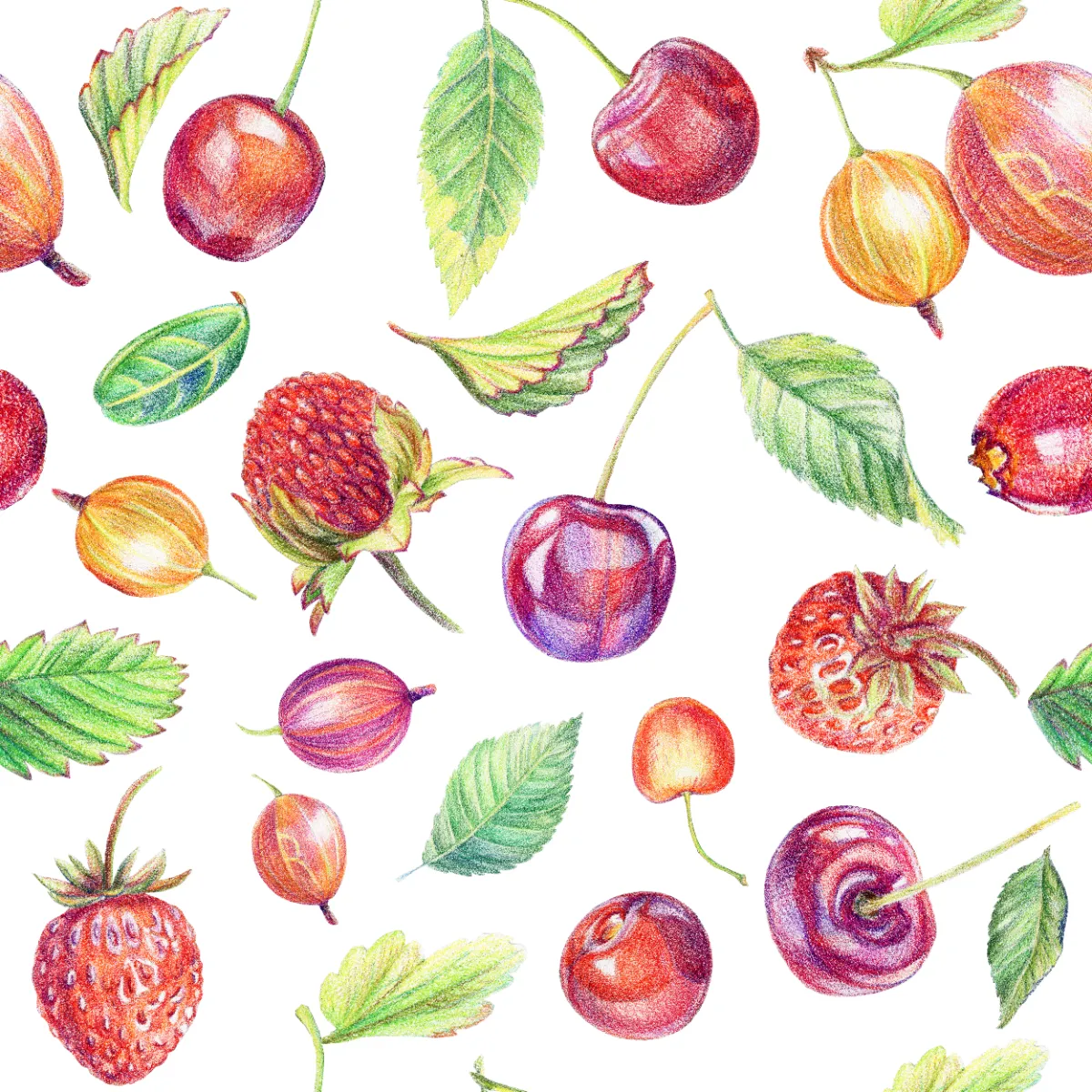
It’s best to start with simple, real-life objects for colored pencil practice.
There is a wide range of drawing styles that are suited to different things, but most can be practiced by drawing the things around you.
Some good choices are:
- Flowers and Plants. You’ll likely have some of these around your home and their vibrant colors make a great match with colored pencils.
- Gemstones and Jewelry. Gemstones have intense colors that require you to practice good highlighting and shading skills. The small details also mean you’ll have to learn good use of fine lines.
- Animals. Another classic, but a bit more into advanced techniques. Getting the proportions right on animals can be harder, but they can look amazing when done right.
- Snacks and fruits. Colorful snacks and fruits are other great choices, often having great textures and precise detail to color.
Conclusion
When it comes to drawing with colored pencils, you can expect to have an exciting artistic experience.
These are favored tools by many artists, and their versatility makes them a fan favorite.
You might be surprised when you realize just how much you can truly do with these tools.
The best way to improve your process is always going to be to practice.
Allow yourself the time to experiment and explore this medium so that you can learn what it can do for you.
Do you use colored pencils in your art?

